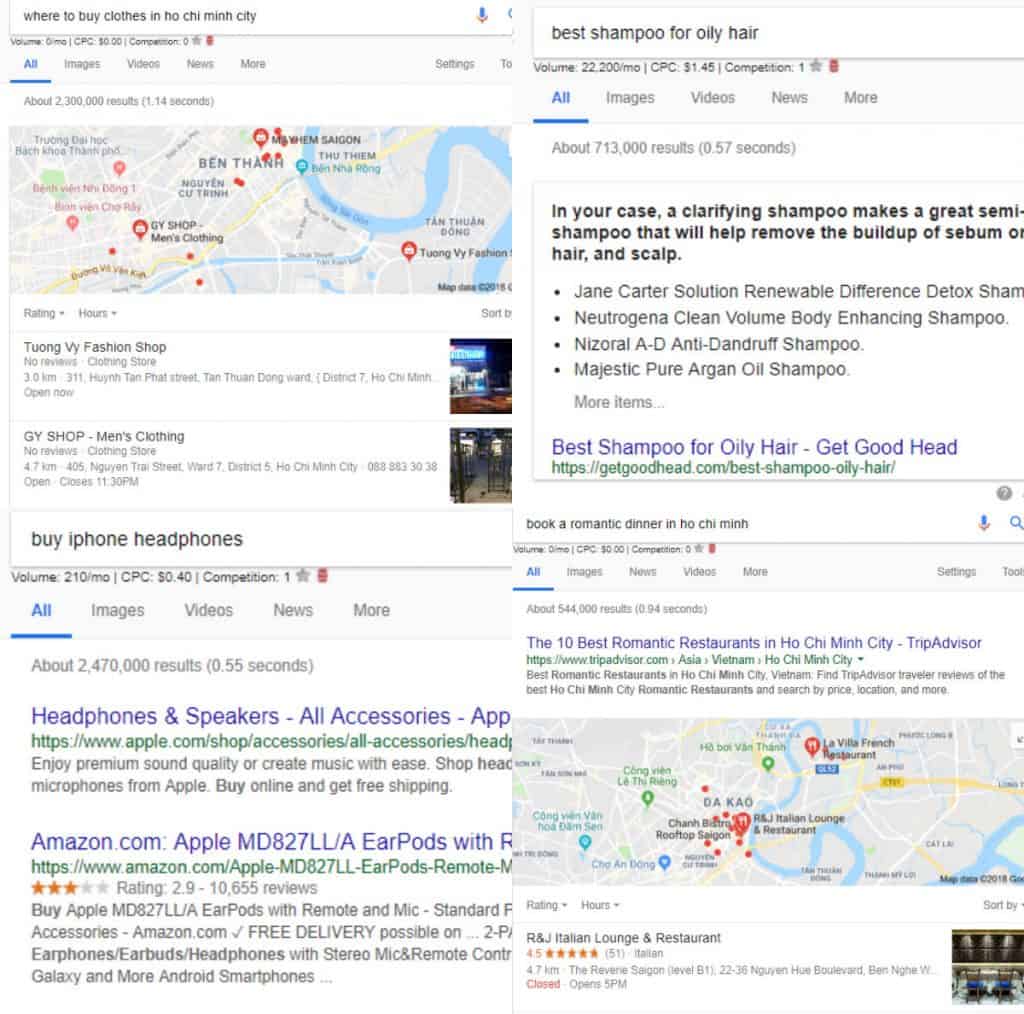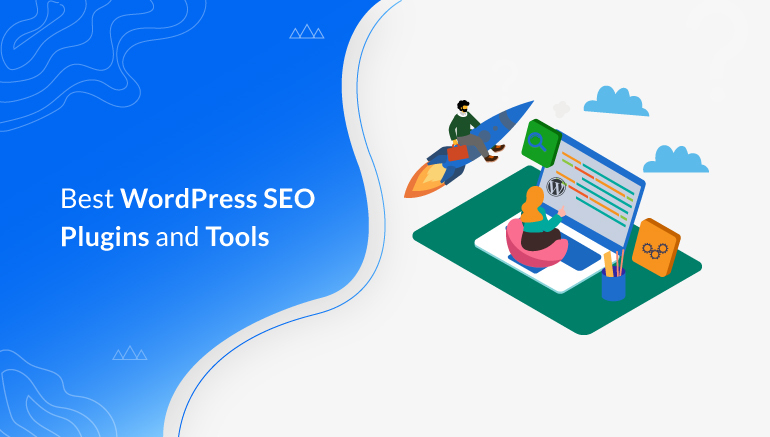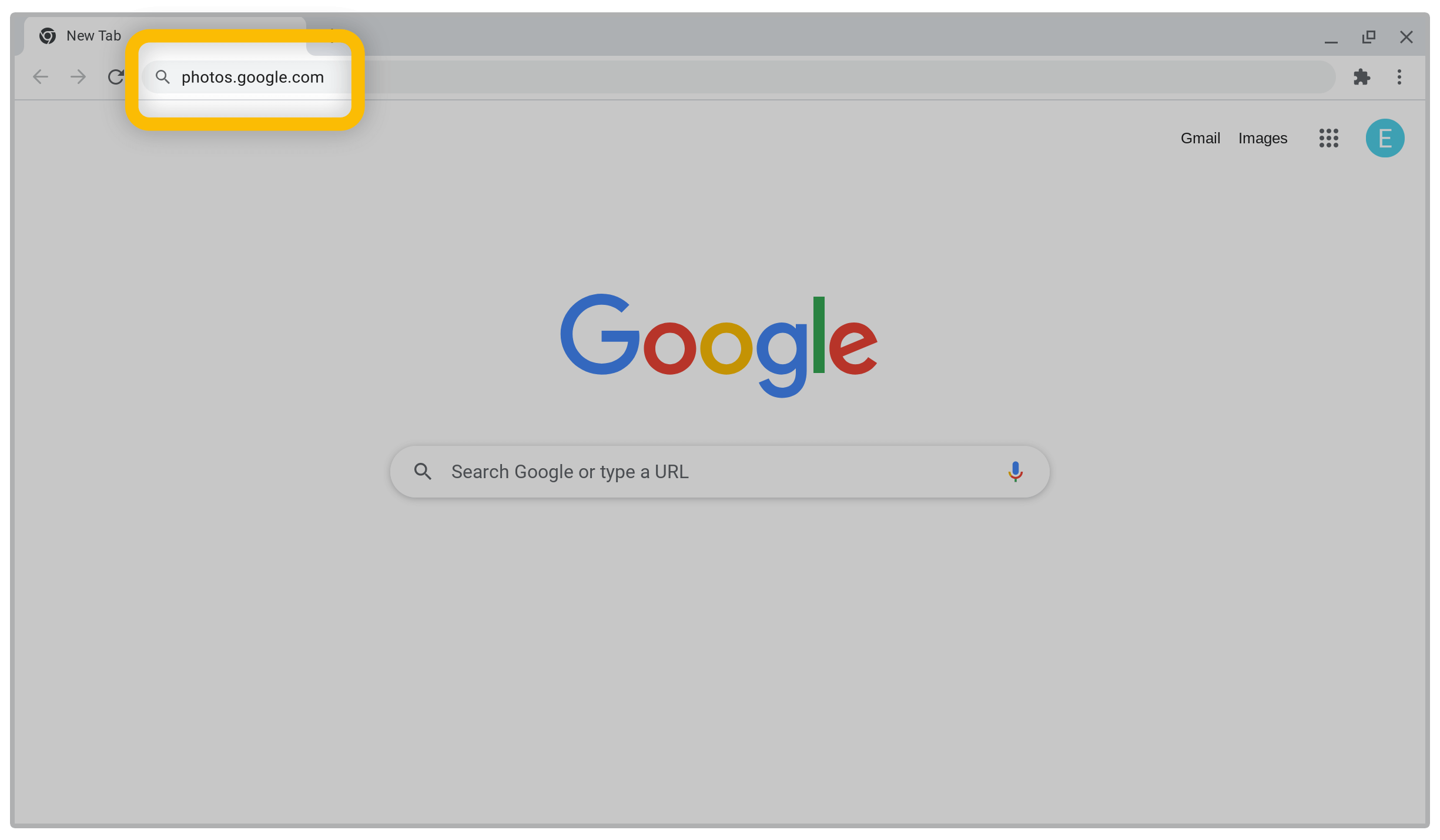
When it comes to organic search, one of the most effective strategies for maximizing visibility is to create a topic cluster of your site's articles. Topic clusters not only highlight your site's coverage, but they also improve user experience by anticipating the next step that a searcher might take. You can say that they offer the right content at the appropriate time. And they are an excellent way to showcase your expertise and breadth of knowledge.
A topic cluster is created
The internal links within the topic cluster determine how powerful it is. A pillar page, which can contain as many as 3,000 words, should provide a comprehensive overview of the cluster's core. It will give an overview of each subtopic and leave enough space for posts that address each subtopic. This method is particularly useful for people who are unfamiliar with a topic. Once you have created your pillar pages, you can now write content for your pillar pages.
When creating a topic cluster, the headline of an article or blog post should contain the exact topic set for the cluster. The headline can include any combination of words. However, it is crucial that the headline includes the topic cluster. This allows people to search for content using descriptive sentences that include a topic cluster. You might not search for book design principles, but this is what some people do. Some people ask search engines questions through personal companion apps and voice search features. You can create content around topics you are most interested in, using topic clusters.

Tools you can use to build a topic cluster
A topic cluster is a great way of increasing organic traffic and SEO efforts. It can be used to help users navigate through your content. This can improve rankings and increase SEO efforts. There are three tools to help you create a topic-based cluster. These tools can help you measure the performance of each topic cluster in your website. Once you have created the clusters you can map your existing pages to them. Then, you can analyze the results and decide how to best use them.
Each subtopic page should point to the pillar when you have a topic-cluster. This will help establish authority for the pillar page. HubSpot SEO Tool will help you determine which subtopic pages should have links. Make sure that each related topic has at least one natural link to the pillar page. It will also help you see how the links are related. Sitebulb is a tool that can help you visualize the link relationships between your webpages.
Benefits of topic clusters
Writing content related to your domain will help you improve your domain authority, rank and visibility on search engines. Your readers will learn that you are an expert on the subject by creating content about similar topics and they will follow your content. Your content will be easier to search engines crawl as it will be categorized according what your audience is looking for. Because the content in your topic group will be more relevant to the search terms, it will give you more authority and credibility.
Topic clusters can help you streamline your site's design and improve search engine visibility. These web pages can be linked and work best when they are anchored with a single pillar. These articles are more likely to rank higher in search engines than content written in a more standard way. A pillar piece is the core of a topic cluster, and links to a cluster of related content will help your readers find it more easily.

Impact of topic clusters in SERPs
What impact do topic clusters have on SERPs They increase visibility and provide an engaging user experience. You can increase your site's visibility by grouping related topics. Clear content strategies can help you achieve quantifiable results. This includes a better page rank in competitive search terms. Your site will be more useful if it is organized by topic groups.
You can also use topic clusters to help you target customers' problems. If your niche is social media marketing you could create content that focuses on Facebook ads. You could also write about how to capture leads and how to determine your budget. You could build a huge resource for social media marketing with all of this content. Because topic clusters do not compete with your content, you can increase your SEO goals simultaneously.
FAQ
What is Onpage SEO?
On-page SEO refers to the actions you take within your website to help it rank higher in search engines. On-page SEO covers site architecture, page title, meta tags, image alt text and other aspects. Off-page optimization refers to any activities outside of your website that can improve its ranking. These include backlinks, social media shares, press releases, and more.
Why would I need a SEO strategy?
SEO strategies will help you to maximize your potential for growth. No one will ever find your great content, even if you rank higher in search engine results.
An effective SEO strategy will help you establish relationships with industry experts and influencers. You can gain new techniques and strategies from them by tapping into their connections and learning from them.
What Should I Know About Backlinks
Backlinks can be links that point to a webpage via a link from another website. They are one the most powerful tools search engines use to identify the location of a page in search results. Backlinks can be very useful because they indicate that someone else thinks your content is valuable. Many quality backlinks will help you rank high on search results.
How often should I update my site?
Regular updates can help improve your website's rankings. It's not necessary. If you've already created good content, you may not need to update it frequently.
Statistics
- Sean isn't alone… Blogger James Pearson recently axed hundreds of blog posts from his site… and his organic traffic increased by 30%: (backlinko.com)
- And 90%+ of these backlinks cite a specific stat from my post: (backlinko.com)
- If two people in 10 clicks go to your site as a result, that is a 20% CTR. (semrush.com)
- These guides are designed and coded 100% from scratch using WordPress. (backlinko.com)
- Which led to a 70.43% boost in search engine traffic compared to the old version of the post: (backlinko.com)
External Links
How To
How do you create your first blog site?
It's simple! WordPress is an excellent platform for creating a blog. WordPress allows users to easily modify the look of their blogs, including adding themes, changing colors and customizing the layout. They can also add plugins which allow them to alter certain aspects of their site based upon visitor activity.
WordPress.org offers many templates for free and premium templates that are more expensive. Premium templates come with additional features such as extra pages, extra plugins, and advanced security.
After you have downloaded the template, you will need to sign up to a free hosting account to upload your files to your blog and manage it. Although many hosts offer free accounts with limited space, there are restrictions on the number of domains that you can host, how many emails you may send, and how many websites you can upload.
If you choose to use more then one domain name, each email address will be required. This service is offered by some hosts at a monthly charge.
A blog hosted online is a great way to start blogging if it's your first time. The majority of hosts offer unlimited storage so files aren't deleted even if accidentally deleted.
Hosting providers often allow multiple domain hosting, so you can have many sites from the same package. You don't need multiple email addresses and can manage all your sites through the one interface.
Some hosts provide social media sharing buttons to their dashboards. This allows visitors and users to quickly share posts across the Internet.
Most hosting companies offer tools for managing your blog. You can check your site's performance statistics, see how many visitors each post has received and compare your traffic to similar blogs.
These tools can make it easier to manage your blog faster and easier, so make sure you check them out before you buy a web hosting plan.
To sum up:
-
Select a topic that is relevant to your business.
-
Create engaging content;
-
Optimize your site using SEO techniques;
-
Promote your site using social media channels;
-
To make necessary changes, keep an eye on your statistics.
-
Remember to update your blog regularly.
In summary, you need to create and promote good content and then track its success.